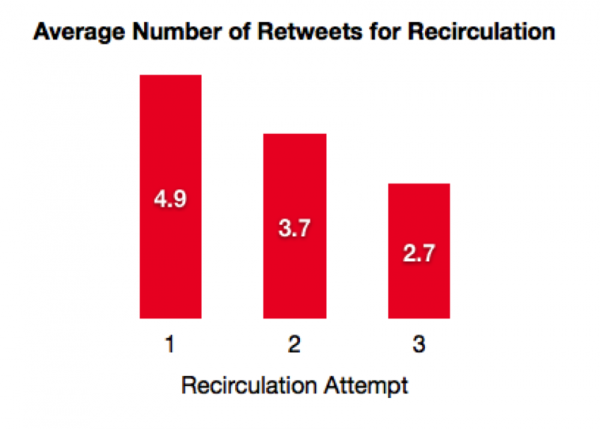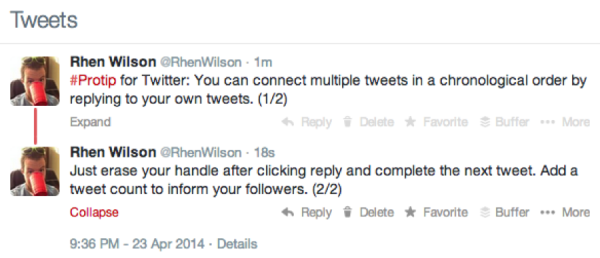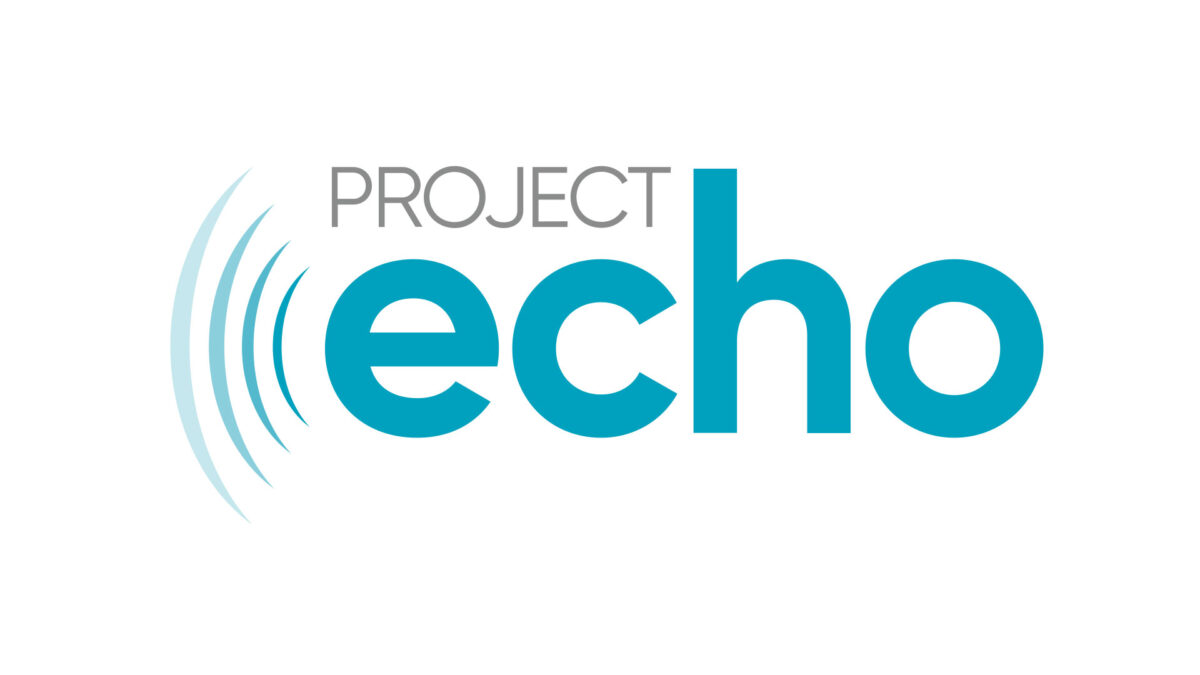For the second year in a row, the leading priority for content marketers is “Creating More Engaging Content.” Ann Handley, chief content officer of MarketingProfs, contends this focus on engagement stems from an undervaluation of writing in the content process. I’d argue instead we lack not a quality of writing, but a timely shaping of that material.
The Content Marketing Trends report tells us “Finding How to Repurpose Content” is priority No. 4 in 2016, a possible solution to the leading priority of better engagement. Let’s dig into how reheating old content can improve marketing performance and what repurposing strategies you should try.
Why Serve “Leftovers?”
Content migration is a natural process of improved marketing programs, whether your blog has a new public home or you’re transitioning to a new CMS. But repurposing old content shouldn’t be predicated on necessity. If you work recycling into your content strategy now, you can start to measure many of the benefits of a complete content overhaul.
The major benefit: Repurposed content helps reach a brand new audience. Your target eyes and ears aren’t on the same content platforms at the same time. Even some of your biggest fans will miss your content the first time around. Reaching your audience in different channels can help trickle into those engagement gaps from the original post.
Tomasz Tunguz, a venture capitalist and data management blogger, studied the science of social media recirculation.

Tunguz’s research showed that reposting can bring in 75 percent of the engagement of the original share. Another study on social posts determined the average tweet is seen by only 19% of your followers, providing further credence to the importance of repackaging content.
Keep in mind, that data reflects basic content reuse. Repurposing that content in a new form might yield an increase in engagement for the original audience as well as an opportunity to serve a broader base. Consider the reach of content posted on a different channel and in a different time zone, even before the material undergoes a change in voice and medium.
Repurposed information can also lead to a serious SEO bump. You’re not just pulling in additional clicks to your content home; revisiting old content often leads to updates in titles, tags and image properties that can improve your content’s organic search.
A final point: The trip down old content lane should be framed as a benefit of repurposing. Here’s a chance to discover forgotten stories and one-time favorites. The challenge—a fun one, I think—is how to repurpose content into fresh material. That makes for one of the more energizing and productive processes your team can add to your content cycle. But first thing’s first: You need to corral great content.
Perform a Content Audit
The most critical part of repurposing is finding the right content to reshape. The three features you want to look for in an audit are popularity, timelessness and high quality.

Find out what was most popular by scanning monthly Google Analytics reports. What was the most viewed and shared each month? Look for posts that performed well in months after its publish date. Why were those posts successful? Study that content for common trends in topic and presentation and apply that to your repurposing strategy.
Use your audit to find evergreen material that will still be interesting months or even years after its original publish date. Look for seasonal topics, beginner’s guides, checklists and statistics. Consider how these posts could be updated or repackaged for a new audience.
And of course, don’t forget to pull the highest quality content, as determined by feedback or personal preference. Look for posts with lots of social shares, an active comments section and referral traffic from other bloggers. You may find in revisiting an impactful post, you now have more to say on the topic and can create a follow-up. Or maybe the topic has resurfaced in the news, to which you can add a response and reposition the title.
Once you’ve banked your best content, it’s time to transform that work into new material.
7 Repurposing Ideas
Guides
If you’ve blogged frequently on a specific topic, try repackaging those posts into a complete guide. Use a consistent art theme throughout the piece to tie all the content together and include a table of contents with anchored tags. Your guide can take the form of a longer blog post or a gated eBook. If you’re able to create several guides, consider launching them with a weekly newsletter series. And be sure to link back to the original posts—as sources throughout the guide—or a reference list, for an added SEO bump.
Podcasts
Looking to start a podcast? You’re not alone. A third of marketers say they have a desire to use podcasting in their marketing efforts, but only 3% are actually doing so. One of the biggest hang-ups for this medium: What do we talk about?
Identifying a reoccurring topic in your content audit is a good place to start. Do a quick search on iTunes to see if there’s already a podcast on that topic and explore ways to diversify your approach, be it in tone, length or frequency. Then look for existing audio assets like interviews and narrative blog posts that could easily be translated to audio.
Quizzes
Build interactive content from existing content that either helps educate or define an identity. Research-heavy posts can be turned into fun trivia-style items. If you have several posts on the same topic, but positioned for different audiences, build a quiz that helps the user identify with one of those segments. Plug your original content at the results screen based on the segment identified. Interact and Qzzr (free!) are two popular tools for creating embedded quizzes on your site.
Infographics
Infographics are an attractive repurposing option for stories with a ton of data. Combine several old data-rich posts into one infographic if the research over time creates a narrative. Canva offers a simple, free tool for drag-and-drop infographics.
Another popular, image-heavy option is SlideShare. Create a slide deck with one key point or data set on each slide and upload the presentation. You can share the link across your social platforms and embed the deck as part of future blog content.
Video Series
Create a 3- or 5-part video series if your audit pulls up content related to one of these personas: teacher, expert, insider, outsider, debunker, newbie. Assign that identity to the narration or acting talent and offer a weekly how-to, tour, interview or advice series pulled directly from existing content.
Social Image Assets
Extrapolate your best quotes, tips, stats and image resources to make new social media content. Find free image assets at Flickr Creative Commons, Unsplash or Canva and overlay your short attention-grabbing content. Schedule that new material on your social channels between new blog entries. You can also create a short image series on Twitter by replying to each previous entry.

Clean Up and Repost
Content doesn’t always need a new format to have an effective second life. Sometimes a post just needs a little tune-up. Keep these questions in mind as you review your assets:
- Is there more to say on the topic?
- Does the language need to be updated?
- Has your brand changed its point of view on the subject?
- Should changes be made based on reader feedback?
- Do your links and research need to be updated?
- Has new information come out on the topic?
If so, edit the original post to include these additions. Note that the post has been updated as a footnote or an intro, as we’ve done in this post about Tiffany & Co. Keep the original URL to maintain SEO value and promote that link. Some blogging platforms, like WordPress, will allow you to change the publish date, sending the post to the top of your blog’s homepage without a change in URL.
In all repurposing examples, be sure to compare analytics and feedback to the original material. Worst-case scenario: Republished content simply fills the editorial calendar. Best case: You discover a new favorite medium for the content you love.



